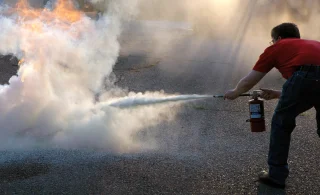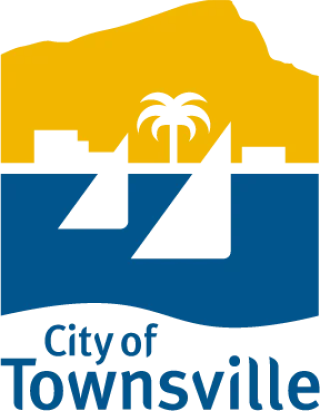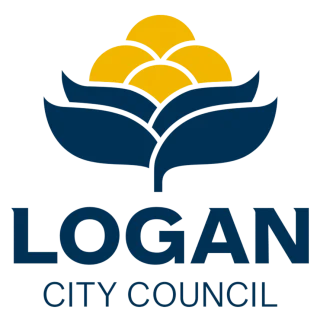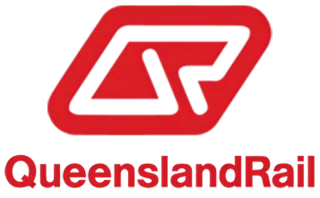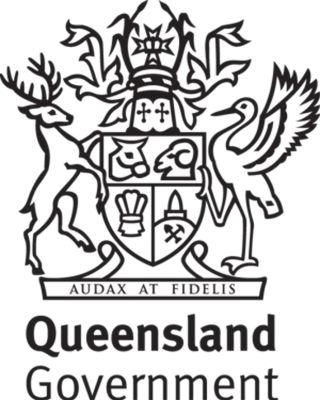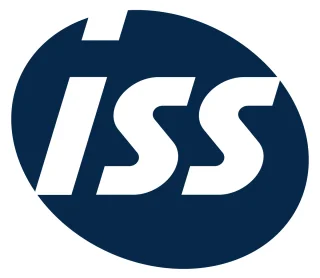Need comprehensive fire training? Combine this course with our Fire Combo, including Fire Warden and Chief Warden Training.
About the Course
This course equips participants with the knowledge and practical skills to safely respond to small workplace fires using basic firefighting equipment. Through a combination of theory and hands-on training, participants will learn to identify fire types and operate fire extinguishers, fire hose reels, and fire blankets.
Training includes extinguishing a live fire in a controlled setting. The course also covers relevant legislation, equipment selection, and post-incident procedures.
Completing this training satisfies the legal requirement to provide first attack firefighting instruction at least every two years.
Nationally recognised units of competency:
- CPPFES2005 – Demonstrate first attack firefighting equipment
Who Should Attend
This course is designed for those who may need to respond to small workplace fires using first attack firefighting equipment. It is ideal for workers across construction, manufacturing, warehousing, office, retail, and healthcare settings with potential fire risks.
Course Description
Participants will gain the practical skills and confidence to respond to small workplace fires using portable firefighting equipment. This hands-on fire extinguisher training covers how to identify fire types, select the appropriate extinguisher, and safely operate fire extinguishers, fire hose reels, and fire blankets.
The course includes:
- Identifying fire classes and selecting the correct firefighting method
- Safely using fire extinguishers, hose reels, and fire blankets
- Responding to workplace fire emergencies in line with site procedures
- Performing post-incident actions such as reporting and equipment isolation
All participants will complete a practical exercise extinguishing a live fire in a controlled environment.
Course Delivery Options
Training is delivered face-to-face by experienced, qualified trainers. Delivery options include:
- Public Courses – Held at our training facilities in Brisbane and Townsville.
- Client-Only Courses – Delivered onsite at your workplace (group bookings)
We offer flexible scheduling and can tailor delivery to suit your needs—please contact our team to discuss.
Accreditation
There are no pre-course or post-course requirements. All assessment activities are completed during the session.
Upon successful completion, participants receive a nationally recognised Statement of Attainment for:
- CPPFES2005 – Demonstrate first attack firefighting equipment
Certificate delivery:
- Courses at our facilities: Certificates are issued on the day, with digital copies emailed to participants and employers (if applicable) the following business day.
- Courses at client sites: Certificates are issued within 7 business days, with digital copies emailed to participants and employers.
Course Entry Requirements
There are no formal entry requirements; however, participants must be physically capable of lifting and operating a fire extinguisher (up to 5kg) as part of the practical assessment.
If any additional learning support is required (e.g. with language, literacy or numeracy), please notify our Operations team prior to the course or speak with your trainer on the day - we’re here to help.
What to Bring
- Your USI (Unique Student Identifier) – click here for more info
- Comfortable, practical clothing is recommended (long pants or shorts and a sleeved shirt or t-shirt).
- No PPE/high-vis required
- Closed-in shoes
- All course materials are provided
Amenities at our Brisbane and Townsville Facilities
- Parking available on-site or nearby
- Complimentary tea, coffee, biscuits, and mints
- Fridge and microwave available for use
- Cafés and food options located nearby for breaks
